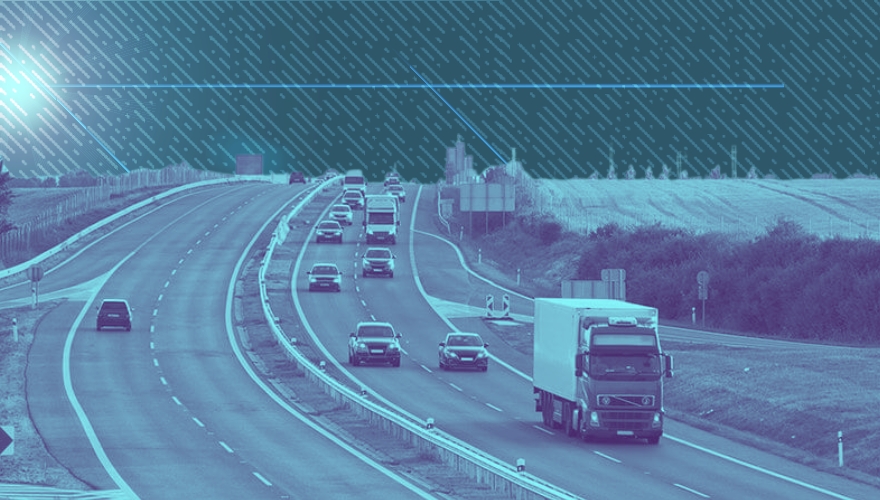The U.S. Department of Transportation (DOT) is spending $1 billion to invest in neighborhoods and communities that were once thriving, but were negatively impacted by decades-old government policies to erect transportation infrastructure that broke them up.
Under the “Reconnecting Communities Pilot Program” — funded by the 2021 Bipartisan Infrastructure Bill — DOT officials are offering planning grants to study the feasibility and impacts of “removing, retrofitting, or mitigating” transportation infrastructure like highways or railways that created barriers to economic development.
Many of America’s urban areas are destabilized and economically depressed, riddled with crime and poverty. But, many were thriving areas until pre- and post-World War II urban renewal initiatives took a wrecking ball to these neighborhoods, using eminent domain to confiscate the property and destroy it in order to build the national highway system and public housing.
Urban renewal was also known as “slum clearance,” which as Scott Bayer, who writes on free-market urban policy, explains emerged from the notion that urban neighborhoods were dangerous and antiquated.
“Old neighborhoods were thus demolished, replaced with highways, public housing, and top-down economic developments,” Bayer charged in a 2021 article. “Unsurprisingly, the condemned neighborhoods were overwhelmingly African American, and to a lesser degree Hispanic and Asian. In city after city, highways that were built to appease white suburban commuters, and enabled through eminent domain and funds from the 1949 Housing Act and 1956 Interstate Highway Act, were shoved through these areas, causing surrounding blight and pollution.”
Interstate highway routes were “chosen based on areas where land costs were the lowest or where political resistance was weakest,” according to a DOT report, which added, “this meant the urban interstates cut through low-income and minority communities” in most cases.
“Done in coordination with urban renewal initiatives the construction of urban interstates was often used as a means to remove low-income housing, seen as slums or urban blight, to make way for new development,” Transportation officials say. “In fact, many of the communities destroyed by urban renewal and the construction of urban highways were once densely populated, vibrant, affordable, and accessible neighborhoods.”
Federal officials note in the report that highway route choices were made “without significant local input” and displaced more than a million people and businesses, reduced property values, and erected “lasting physical barriers that continue to divide neighborhoods today disconnecting them from opportunities.”
Last year, Transportation Secretary Pete Buttigieg announced $185 million in grant awards for 45 projects. From 2023 through 2026, roughly $200 million in grants will be given each year, according to the DOT’s political program.

